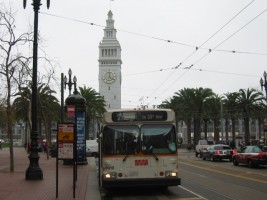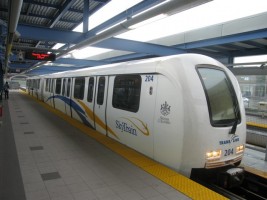The first part of 2018 here at Oren’s Transit Page headquarters has been busy. The next few months also have some travel planned both to places I’ve been before as well as new ones, but in this post, I wish to let everyone know that new photos from the past few months from a variety of places are now available on this site. You may have noticed some recent photos of the month were from locations that had not been featured on any part of this site before.
I made my first trip to Memphis, Tennessee back in November 2017. Unfortunately, it was before that city’s Main Street Trolley reopened, but I guess that just means I’ll have to go back some day. However, I did get some photos of MATA’s all Gillig bus fleet, which you can find in the new Memphis section on this site.
In January, I spent two weeks in
Brazil and
Argentina. While I had been to Rio de Janerio back in 2010, I didn’t take any photos of that city’s subway on that trip. That has changed, and there is now a
Rio Metro page here on Oren’s Transit Page. There are also additions to the existing Rio bus page. After Rio, I was in Iguazu Falls, where I had also been in 2010, but there are no new photos from here. The following stop was
Buenos Aires, marking my first time in that city, and I have plenty of photos from that city. The Buenos Aires
Subte (Underground), while small, has a rich history and also has the distinction of serving the southernmost subway station in the world.
You might recognize some of the 6000 Series cars on the Buenos Aires pages from
Madrid and that would make sense, as Buenos Aires bought them secondhand from the Spanish capital. The network of buses, known locally as
colectivos, is an impressive sight to see as they crisscross the city in just about every imaginable direction. Each colectivo line is operated by a private firm, and each private firm only operates a handful of lines at most. The buses on each route have unique liveries to make identification by waiting passengers easier.
At the end of January, I was in the Boston area for a weekend, and at the start of April I spent a weekend in Minneapolis-St. Paul.
As is often the case, I also added a number of photos from around the DC area. Most of the new photos are additions to pre-existing galleries, but I also finally added photos of Shuttle UM, the campus bus system for the University of Maryland-College Park, and Loundoun County Transit.
Below, you’ll find a complete list of pages with new photos. Enjoy!




